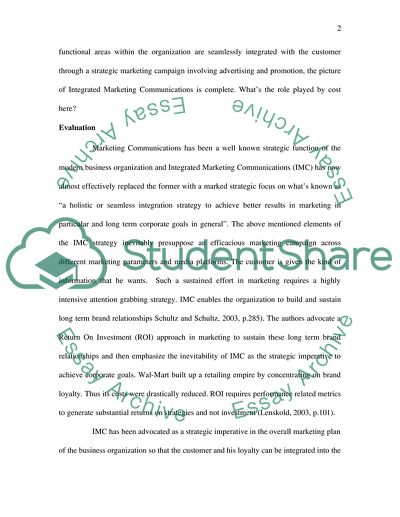Cite this document
(Integration Essay Example | Topics and Well Written Essays - 1500 words, n.d.)
Integration Essay Example | Topics and Well Written Essays - 1500 words. https://studentshare.org/journalism-communication/1547448-integration-and-communication
Integration Essay Example | Topics and Well Written Essays - 1500 words. https://studentshare.org/journalism-communication/1547448-integration-and-communication
(Integration Essay Example | Topics and Well Written Essays - 1500 Words)
Integration Essay Example | Topics and Well Written Essays - 1500 Words. https://studentshare.org/journalism-communication/1547448-integration-and-communication.
Integration Essay Example | Topics and Well Written Essays - 1500 Words. https://studentshare.org/journalism-communication/1547448-integration-and-communication.
“Integration Essay Example | Topics and Well Written Essays - 1500 Words”. https://studentshare.org/journalism-communication/1547448-integration-and-communication.


